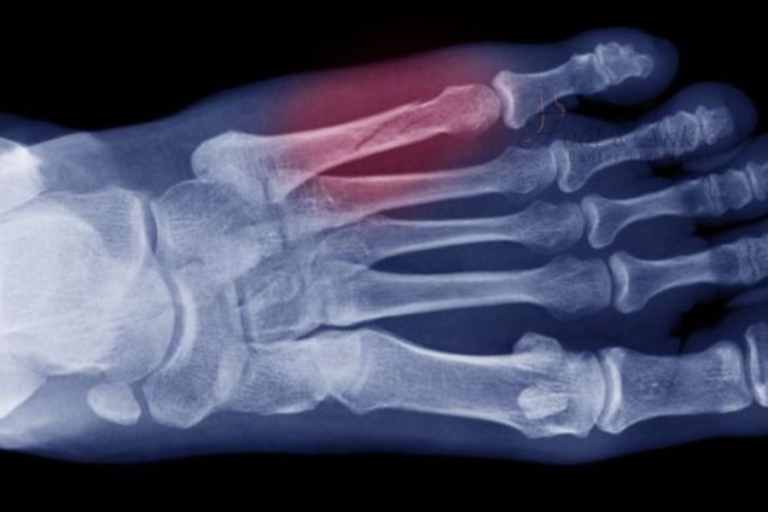A plantar fibroma is a benign fibrous tissue growth that develops within the plantar fascia—the thick band of tissue connecting your heel to your toes. While often painless initially, these nodules can become uncomfortable, especially when walking or wearing shoes. When conservative treatments fail to alleviate symptoms, surgical excision becomes a viable option.
Know About Plantar Fibroma
Plantar fibromas are non-cancerous lumps that form in the arch of the foot. They are typically slow-growing and may not cause symptoms at first. However, as they enlarge, they can lead to discomfort or pain during daily activities. The exact cause remains unknown, but factors like trauma, genetics, and certain medical conditions may contribute to their development.
Indications for Surgical Excision
Surgical removal of a plantar fibroma is considered when:
- The fibroma causes significant pain or interferes with walking.
- Non-surgical treatments (e.g., orthotics, physical therapy) have been ineffective.
- The size of the fibroma increases, leading to more pronounced symptoms.
- There’s a suspicion of malignancy, although rare.
Types of Surgical Procedures
1. Local Excision
This involves removing only the fibroma itself. While it’s less invasive, there’s a higher chance of recurrence since some affected tissue may remain.
2. Wide Excision
A more extensive procedure where the fibroma and some surrounding tissue are removed to reduce recurrence risk.
3. Partial Plantar Fasciectomy
In cases with multiple fibromas or extensive involvement, a portion of the plantar fascia is removed. This approach aims to minimize recurrence but may affect foot mechanics.
4. Complete Plantar Fasciectomy
Rarely performed, this involves removing the entire plantar fascia. It’s reserved for severe cases due to potential complications like arch collapse.
The Surgical Procedure
The surgery is typically performed under local anesthesia with sedation or general anesthesia, depending on the case. An incision is made over the fibroma, and the growth is carefully excised. If necessary, surrounding tissue or portions of the plantar fascia are also removed. The incision is then closed with sutures, and a dressing is applied.
Recovery and Rehabilitation
- Immediate Post-Operative Care: Patients are advised to keep weight off the affected foot, often using crutches or a walker.
- Wound Care: Dressings should be kept clean and dry. Stitches are usually removed after 2-3 weeks.
- Physical Therapy: Once healing progresses, exercises to restore strength and flexibility are initiated.
- Return to Activities: Most patients can resume normal activities within 6-8 weeks, though full recovery may take several months.
Potential Risks and Complications
As with any surgical procedure, there are risks involved:
- Recurrence: Even with wide excision, there’s a possibility of the fibroma returning.
- Infection: Proper wound care is essential to prevent infections.
- Nerve Damage: There’s a risk of injury to nearby nerves, leading to numbness or tingling.
- Scarring: Scar tissue can form, potentially causing discomfort.
Conclusion
Excision of a plantar fibroma is a surgical option for those who haven’t found relief through conservative treatments. While effective, it’s essential to understand the procedure, recovery process, and potential risks. Consulting with a foot and ankle specialist can help determine the best course of action tailored to individual needs.




